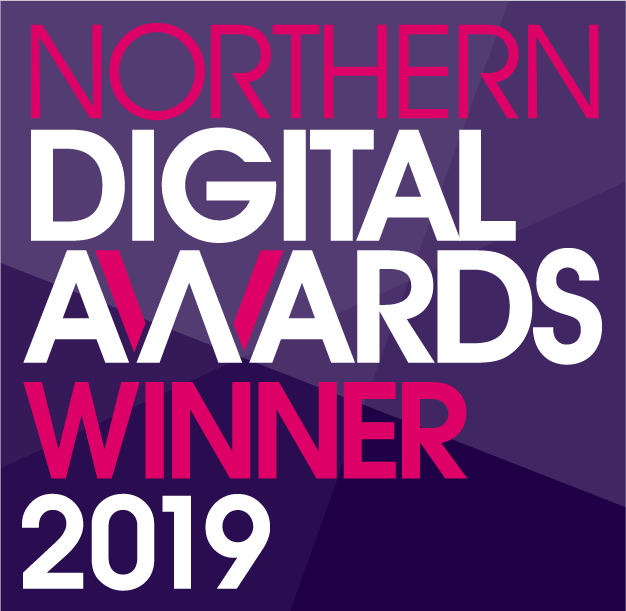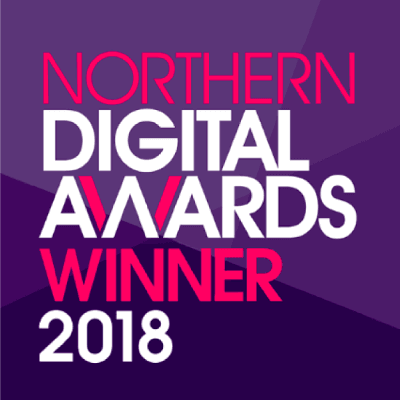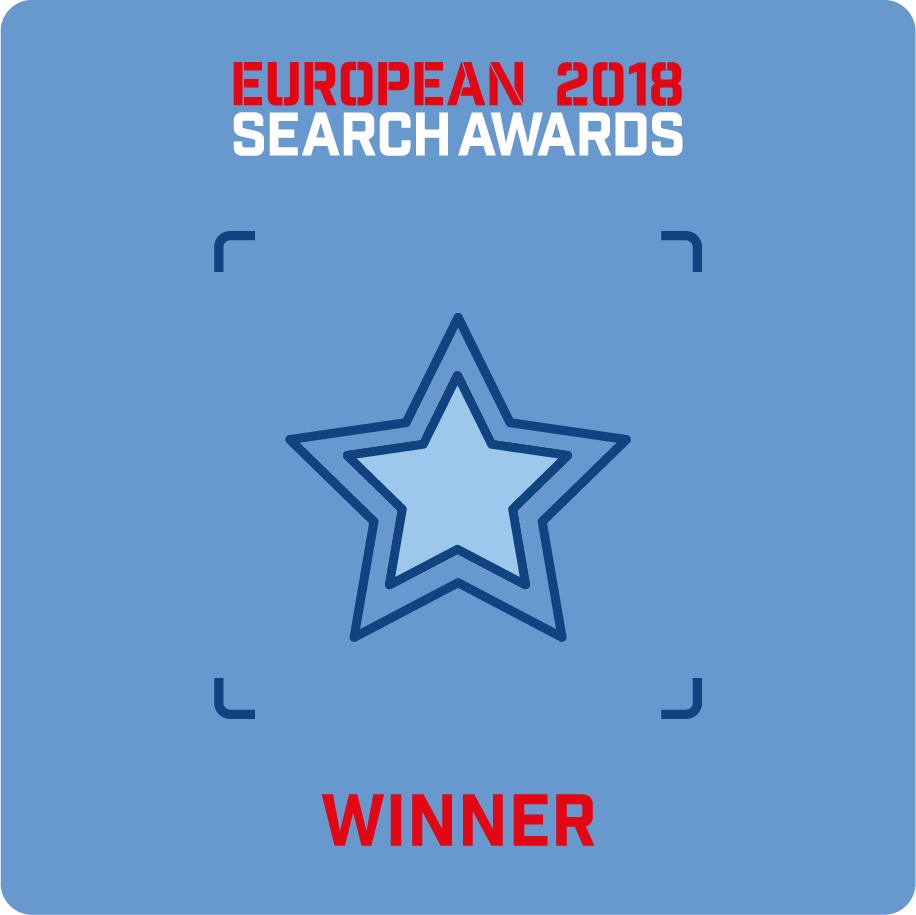Running a data-led link building campaign about pies (or literally anything else).
It’s all about Pie.
At Blueclaw, we recently ran a campaign about pies. Why? – Because pies are not only awesome, but because “Pie Week” is most definitely a thing and is quickly followed by “Pi Day”. Also, because we wanted to show how easy and cost effective it can be to run a data-driven campaign at a moment’s notice - something that’s not only timely, cheap, and topical, but effective and engaging!
Here is what our campaign has achieved to date:
- 100+ followed links (i.e. this article by the Yorkshire Evening Post) as of 10/03/20.
- 0 no followed links
- 9 pieces of coverage with no links (Brand mentions such as this by the York Press)
So, how did we do it?
Step 1: Know what you want to achieve.
For us, this was simple:
Showcase how easy it is to run a data-led link acquisition campaign without the backing of a massive budget. (As well as getting all that tasty link juice that comes hand in hand with a successful campaign).
However it is worth noting that there may be a wide variety of reasons you might want to build links:
- Your well-informed SEO Lead noticed you are lacking in the link department and there aren’t really any technical issues holding your site back (Because he/she got together with the devs and fixed them already, like a boss).
- To get some good old-fashioned digital PR coverage.
- To showcase an awesome new product or offering.
- To get some new sources of referral traffic.
- or, as a brand building exercise.
Step 2: Get some talented people in a room (preferably with their consent).
This was easy for us as we have loads of them just sitting around the office. I am sure you also have a load in your organisation too, but if not then contact us and we can help.
On a serious note though, it is key to get people with a wide array of skills and perspectives involved in every link building campaign. This is because you are looking for creative suggestions that are going to make your campaign stand out and cut through the noise and you never know where these are going to come from.
Step 3: Make ideas happen.
Obviously this isn’t something that can be forced, so give everyone plenty of notice. Send out a rough brief so everyone involved can start thinking about super awesome ideas before you have an actual structured meeting. Some people come up with their best ideas at 3.22 AM halfway through a dream about unicorns; not whilst under pressure in a boardroom.
In this meeting you should try and scope everything out including what data you might need.
Step 4: Find some data.
There is an amazing wealth of data on the internet.
- Websites and directories on the internet. There are literally Yottabytes of public data ready for you to manually review and analyse.
- Google:
- Google’s dataset search
- Google’s filetype search operator. (i.e. searching in Google for “Your keyword here filetype:pdf|xls|doc” will only return results with the selected file extension
- ONS or the UK government’s data search I am sure other governments have similar offerings too.
- You could also submit a freedom of information request from a public body; the ICO offers guidance on how to do that here.
- You probably also have a load of data as a business that can probably be anonymized and analysed to create something truly awesome (this can be very powerful as you are the only one with access to your of data, making it extra exclusive).
Basically there is lots of data out there, so make the most of it and always reference your sources!
For our campaign, we eventually combined data from the following sources:
Step 3 (Again): Find some data, then make ideas happen.
It is entirely plausible that you have an awesome source of data first, off the back of which you can generate campaign ideas, flipping around my previous steps 3 & 4.
Step 5: Analyse yo’ data.
Get your favourite data analyst and ask them to process the data. I personally love it when data is tagged up and annotated nicely. Any structure to the data makes your analyst’s life easier.
The data I had about pies was tagged in a few different ways:
- Vegan/veggie/gluten free, etc.
- We had cooking and prep times
- We had ratings
- Ingredients featured in the recipe
All of this allowed us to visualise the data nicely once it was cleaned up and processed and extract amazing insight such as:
- The average cook time across all 600 pie recipes we reviewed was 58.5 Min.
- The average pie will serve 7.31 people!
- Only 4.3% of pies recipes are classed as “challenging” whilst 67% are classed as easy.
Step 6: Visualise yo’ data.
Obviously for this we went with pie charts. I sincerely believe it would have been a criminal offence had we not.
Here is a selection of the graphs we made, but please note for this project we didn’t have a designer on the team as they were stacked with some of the beautiful graphical client work we do on a recurring basis; like these spectacular movie posters we recently made for one of our many clients.
Pie breakdown by dietary requirement:
Pie by meat content:
Pie by veg:
Nutrient RDA of all pies averaged:
Step 7: Build a seeding list, write a press release and outreach
As a member of the data team I shy away from this kind of work. However, we have other team members who excel in this area and that have written about it a few times on our blog.
The PR & Content team is all about relevancy and authority, and are committed to earning the right media placements following a thorough link gap analysis that helps identify where competitors are securing their links. This indicates the relevant target media outlets and influencers with the intent to lift rankings, build brand awareness and displace competitors.
Alongside this, media targets should also include aspirational outlets such as national or target-specific media that you see is a great fit for the content, or publications that you know your client would love to be featured in.
When it comes to creating headlines for a press release, remember to use data to inform a successful subject line. Delve deep into what kind of phrases and terms the target journalists on your media lists are including in the titles of their articles to make sure your tone of voice is on top-form before reaching out to them. To find out how to do this easily, visit our post on analysing headlines for strategic outreach.
Also, trust us when we say that negative angles work. Don’t be afraid to be controversial.
Thank you to Hayley Stanfsfield, our Content Marketing & PR manager for her input on this step!
Phase 8: ?
If you don’t get that reference you are probably younger than me.
Phase 9: Profit.
Hopefully at this point you are close to hitting the target you set out in Stage 1.
This entire process took less than 2 weeks. Admittedly the stars aligned somewhat for us and it would usually take longer, but that doesn’t mean you shouldn’t try and jump on a story when the opportunity arises.
We have also written about what makes a good data driven campaign here, in case you need further inspiration.
If all of the above inspires you (or at least some of it does) and you want an awesome agency to work with you on a data lead link acquisition campaign or if there is anything else we can help with, don’t hesitate to get in touch. (Click it!)






